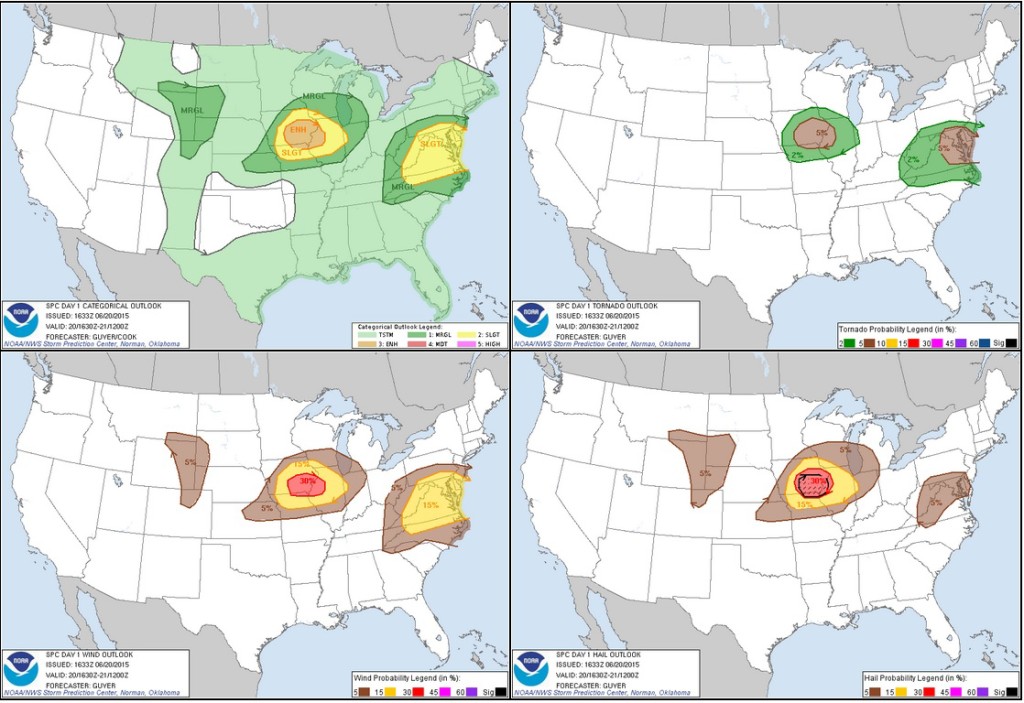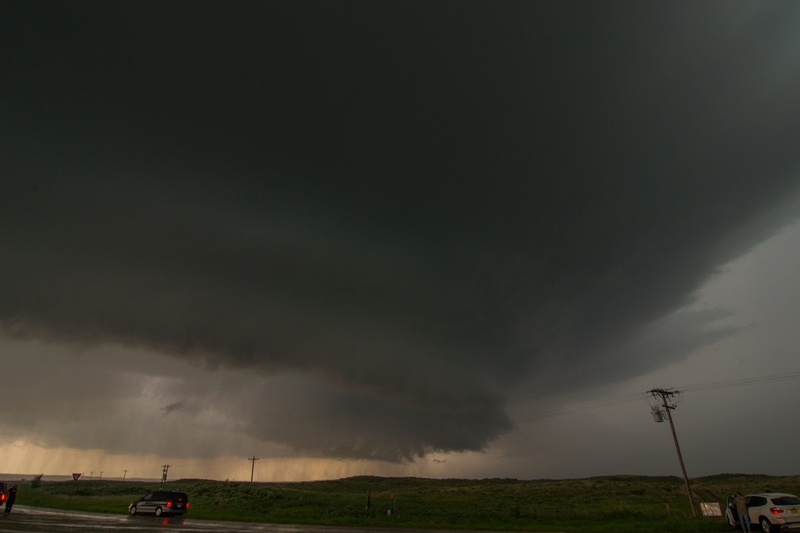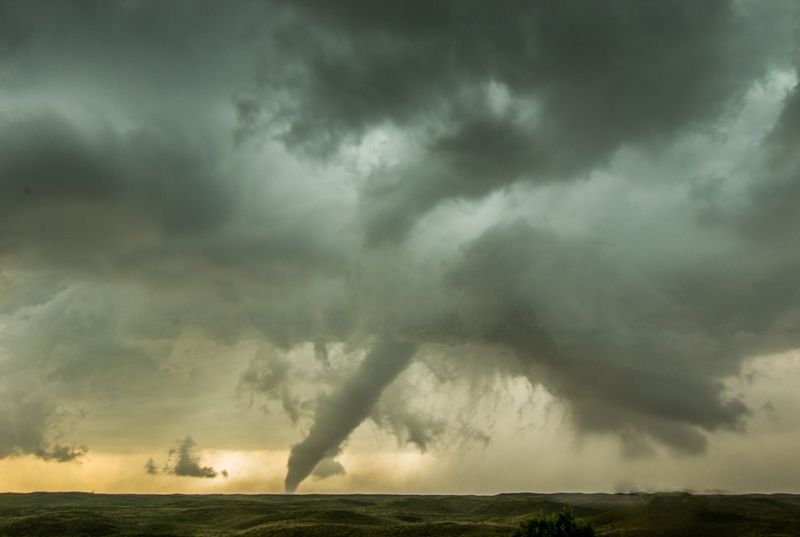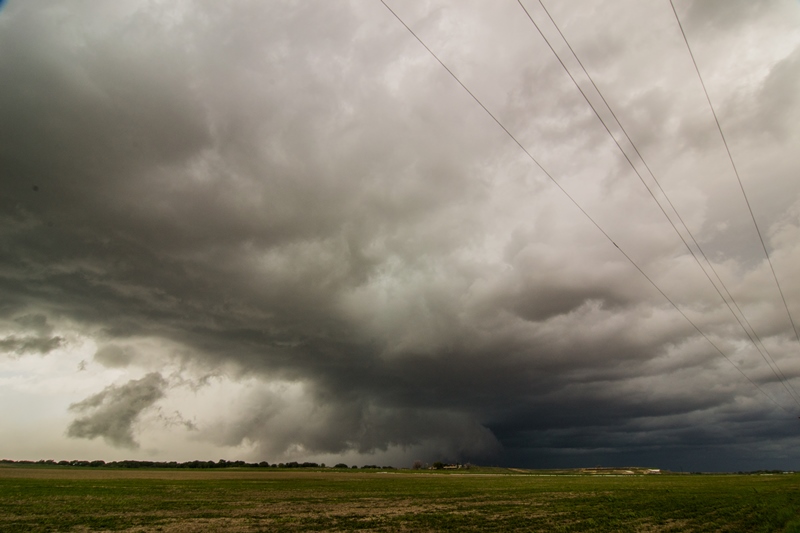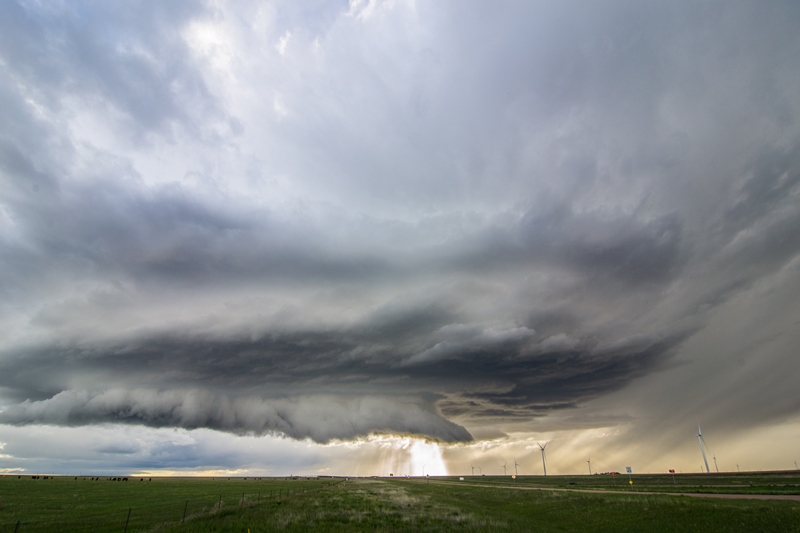MAY 24, 2015 CHASE LOG: COLORADO & KANSAS
Written by Rich Hamel: (www.bostonstormchaser.com/)
Day 6: Wow, my favorite chase day since 2013! Waking up in the morning, I didn’t have high hopes, mostly because the previous day was pretty tame and the models looked only a little better to me, but as the morning runs came out, things improved. First order of business was to decide between a Texas Panhandle play down near Childress, or a “La Junta Low” setup just west of our starting point of Garden City, KS. Each model run progressively backed off the Childress play, but developed an isolated supercell out in front of a line of storms that developed and moved into Kansas. Turns out the model knew what it was talking about. We headed west…
We retraced our steps from the previous day in reverse and headed for Lamar. Right away, things were different than the previous few days: It was actually warm and sunny out! Well, in the 70’s at least. The day wasted no time getting going either, as by the time we stopped for gas in Lamar at about 1:30 Mountain time, storms were firing over the Raton Mesa and heading north-northeast towards us. We headed south out of Lamar towards Springfield as the storms intensified, and were presented with numerous options: one storm well to the west that looked the best near Trinidad, another just west of Pritchett, and a 3rd just west of Boise City, OK. In order to place ourselves in a position to intercept any of them, we headed to Pritchett, stopping just north of town, where we waited to see which storm would become dominant.
We weren’t there for long before the storm just to our north took off and started to develop a hook and soon we had to bolt back north to get back to it. We headed back towards Lamar and stopped at a rest area about halfway there to take some photos and watch the storm develop. There were actually two cells, and the one in front developed a lowering that was most of the way to the ground while the second one intensified. We headed farther north toward Lamar and by now the storm was a full blown rotating supercell with tremendous structure and that turquoise hue that tells you the hail inside means business. The storm was terrifically striated under a corkscrew updraft, with mammatus and a blocky lowering that was spinning wildly. The storm wrapped up hard and the wall cloud became partially obscured by rain, but soon a cone tornado peaked out (with a little help from contrast-enhancement) and persisted for a minute or two before getting engulfed in the rain again! Tornado #3 for the trip. We watched the storm for as long as we could before the hail core, with baseball-sized stones being reported (and we saw a car with its back window blown out as supporting evidence) threatened to cut our north option off, so we moved out into Lamar and then east towards Granada. The structure as we headed east on Rt. 50 was phenomenal! The storm was now a big striated HP supercell, right turning hard east towards us. We headed south on a dirt road out of Grenada and watched as the storm approached, with a long, linear looking laminar updraft and a wall cloud on the nose end. The rotation of the updraft above us was impressive and the storm was now too big to capture without a wide-angled lens. We were in danger of getting stuck on a muddy road as the storm closed on Grenada and soon the tornado sirens in the town were going off and we headed east on Rt. 50 again to Holly, and then south on Rt. 89.
South of Holly, the storm now had a long, linear base trailing off the supercell to the north as multiple cells were now brewing up and the system was becoming a line, but the structure at the north end now had a flying saucer look to it and was still spinning hard. We spend a good half hour watching the storm approach and take pictures, but soon the shelf cloud was practically on top of us and we had to blast south to get out of the way. Another 5 minutes and we would have been pummeled as we stayed there a bit too long. The south end of the line was now taking over anyway and was soon tornado warned, though there was not the slightest sign of rotation in the storm. We narrowly beat the line to Rt. 116, though at this point the line was so thin that you could actually see through to the other side. We headed east into Kansas to stay ahead of the storms.
As we headed east, we saw an atomic bomb of convection off to the southwest near Liberal, KS, with a mammoth overshooting top and big back sheared anvil. Once we saw that monster forming, we quickly forgot about the line behind us and bee-lined for the storm, which was already forming a hook. We zoomed through Johnson on Rt. 160 and could see off in the distance the lowered base of the storm that looked to already have a wall cloud developing on it. We had to make a decision: Do we keep going east to get out in front of it, but that would take a long time and while we were passing in front of the precipitation core we would not be able to see what was happening to the wall cloud, or do we head south towards Hugoton and approach the storm from behind, risking being forced to core punch to get to the storm. As we got to Ulysses, we chose the south option since it would get us to the storm quicker and in the worst case if it tornadoed we’d be able to see it, albeit from far away.
We blasted south along Rt. 25 and got a closer look at the explosive convection going on with the storm. This one was clearly a power house. There were now two distinct lowerings to the south, but then to our east under the updraft of a left-splitting cell there was wild rising motion and an area of white condensation on the group spinning like crazy! The rising motion was almost ridiculously fast, faster than I’ve seen in most tornadoes. The rotation on the group persisted for a minute or so before stopping. Most likely this was a brief anti-cyclonic tornado, but as we could not be sure, we’re not counting it. Meanwhile, off to our west, we had to keep an eye on the robust shelf cloud from the line of storms we’d left as there were a couple of distinct lowering in that line as well.
We headed east out of Hugoton on Rt. 51 and were soon coming right up to the two updrafts, one straight to our east and another to the southeast. The structure on the southern cell was fantastic, with a Liberty Bell updraft and a mammatus field under the big back sheared anvil. Both cells had mean looking lowerings and were spinning hard, and as we passed the rear flank of the northern cell just off to our north in the field, the motion was amazing! There looked like there were about 4 areas where we could get a tornado at any time. Time, however, was the problem as it was now getting towards dusk. We got to Rt. 83 and decided to try and get on the southern storm but as we passed by the northern mesocylone we had to stop as it quickly tightened and tried to produce less than half a mile from us! In the near dark it was spooky as the lowering produced several funnels that made it about halfway to the ground that seemed to be getting nearer and nearer to us while inflow screamed into the updraft almost over our heads. We then turned north on Rt. 83 and as the light faded we inched forward on the road with the rotating mesocyclones of the two storms on either side of the van.
Unfortunately at this point it was dark, we would have had to go south and around to get back to the southern storm and with 4 vans in the caravan, chasing at night was not an option. Not to mention we already had a 3 hour drive to Amarillo to look forward to. As we headed south, the storm then went on to produce a massive tornado that lasted over an hour (much of it in the fog!) and traveled nearly 40 miles as the night went on, UGH…Still, this was a GREAT chase day, with 3 storms that were better than any I chased last year. Tremendous structure, one and possibly two brief tornadoes, and some great, adrenaline pumping chase moments.
Total miles for the day: 582

















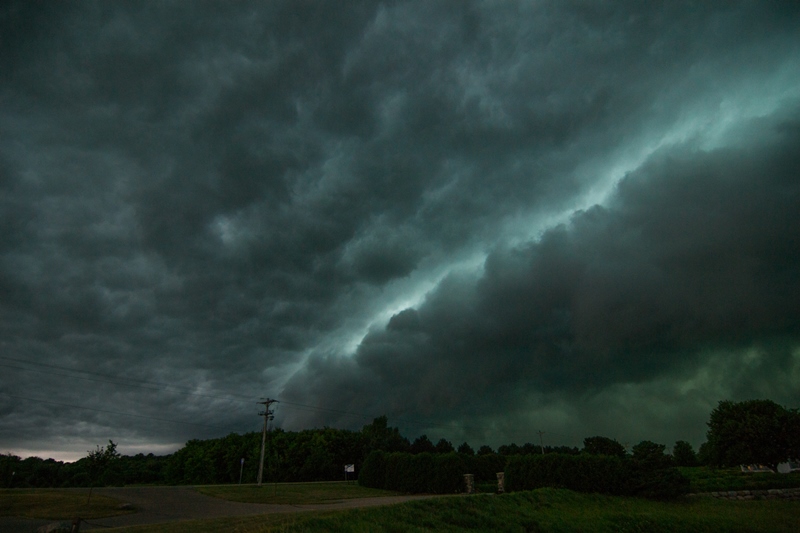
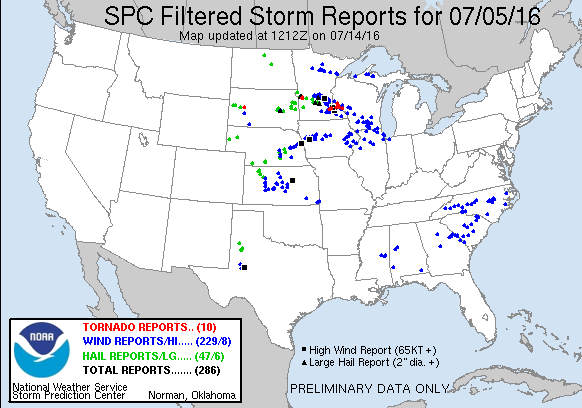
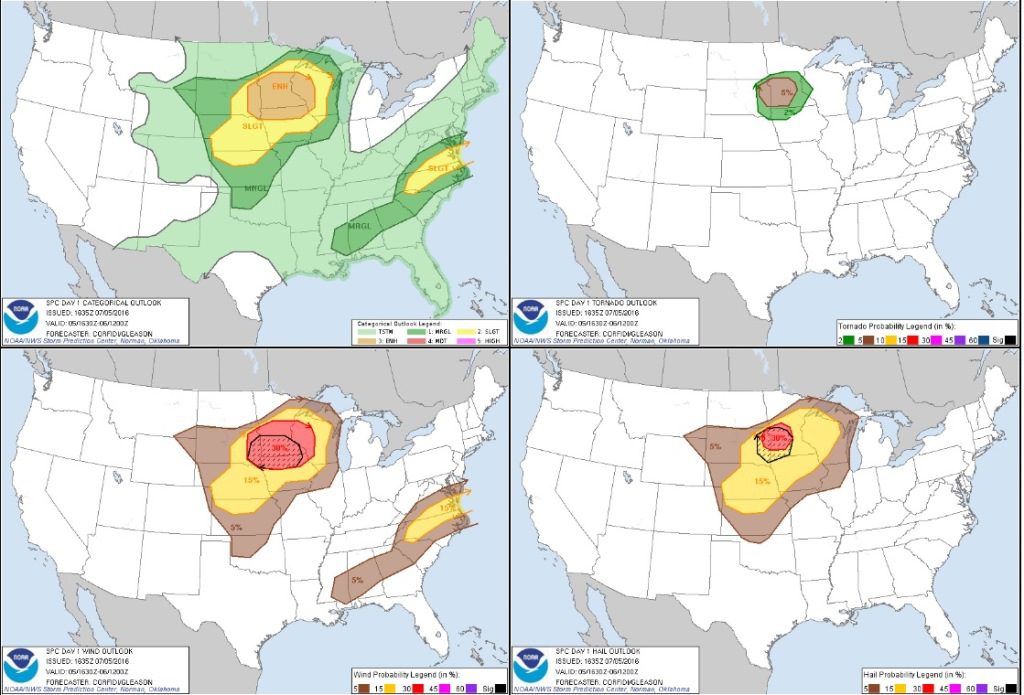



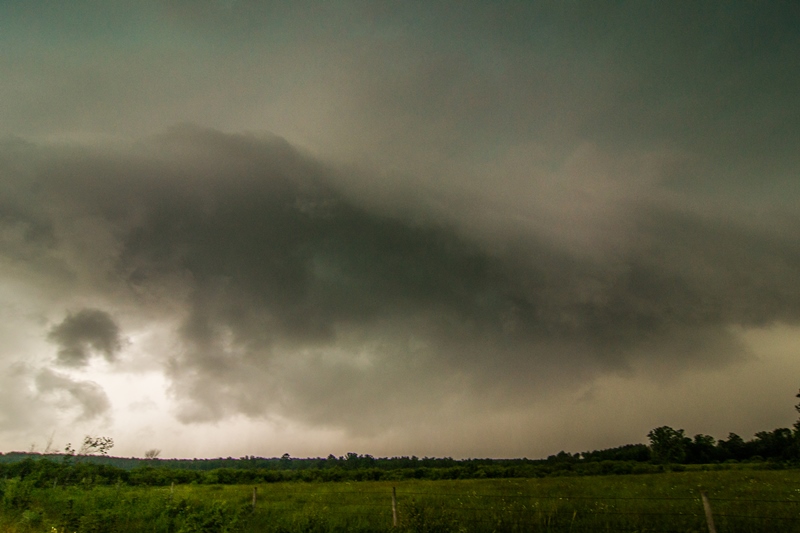
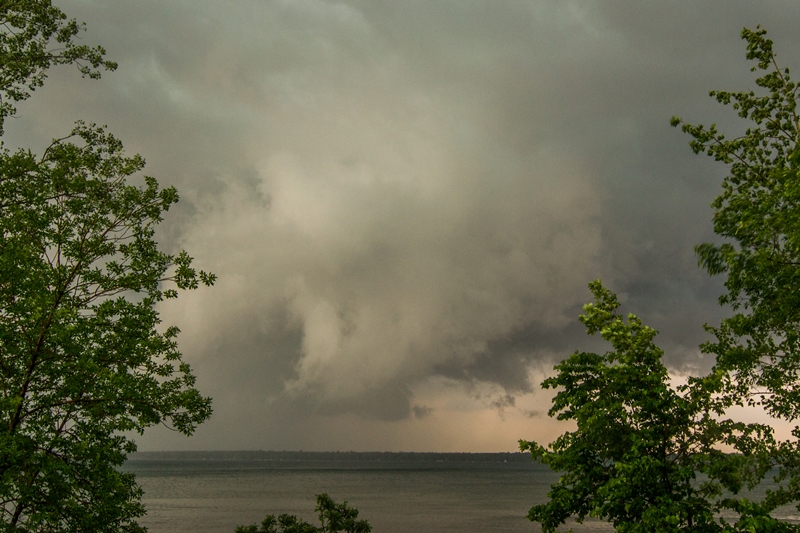






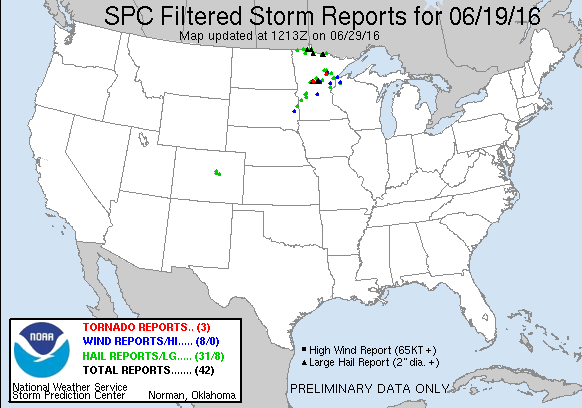




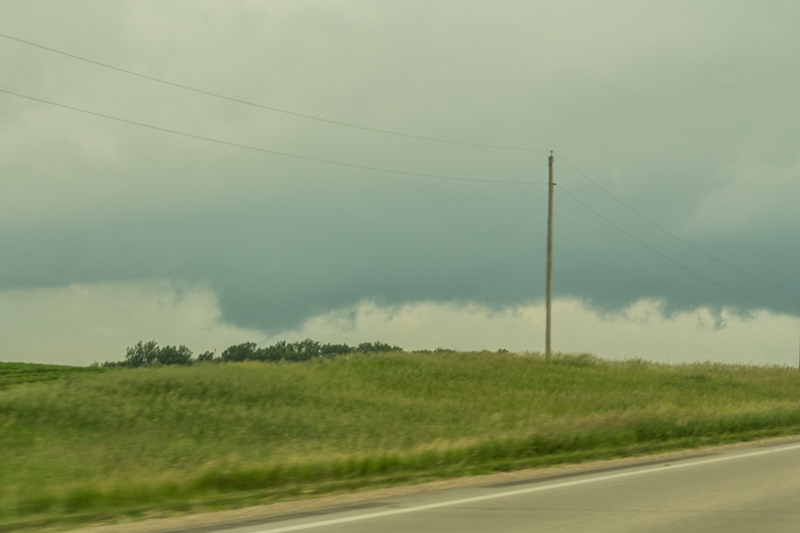










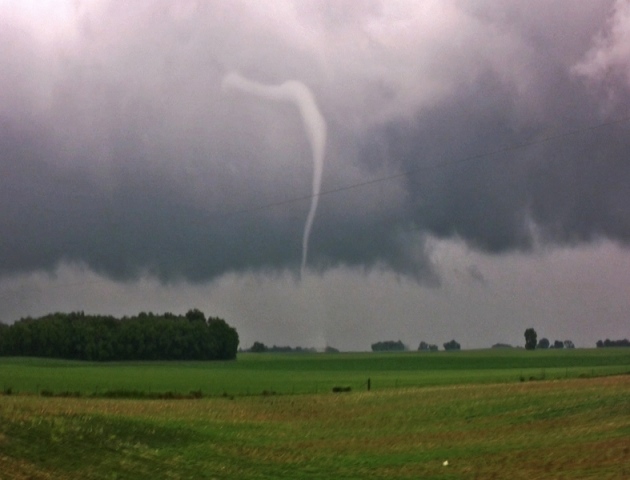
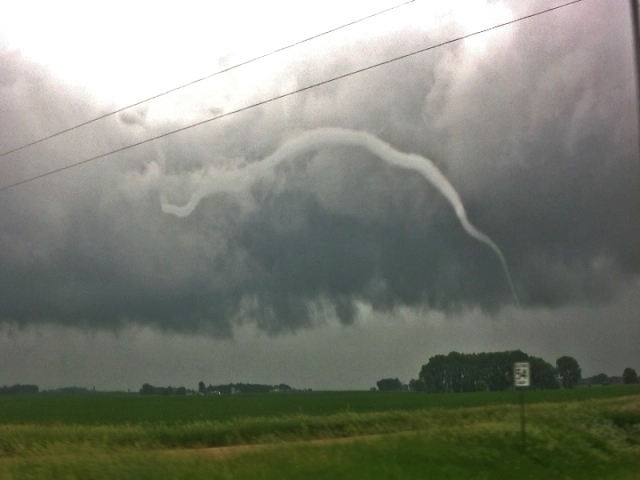






















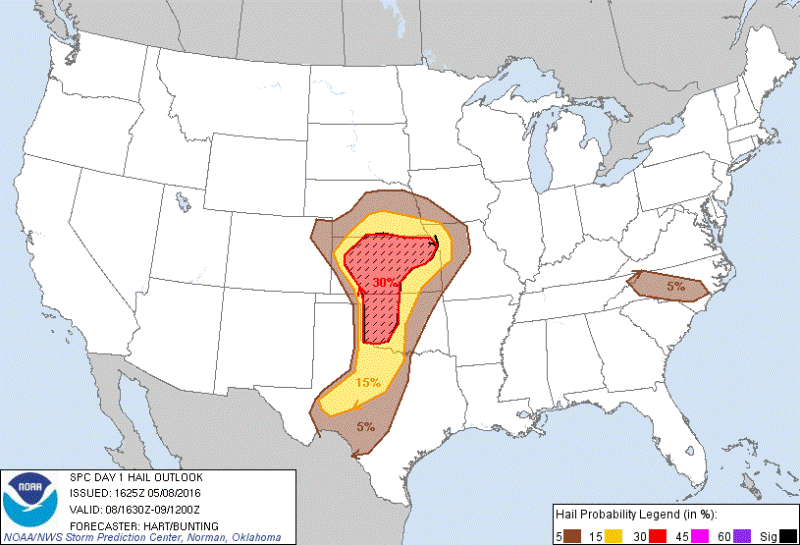
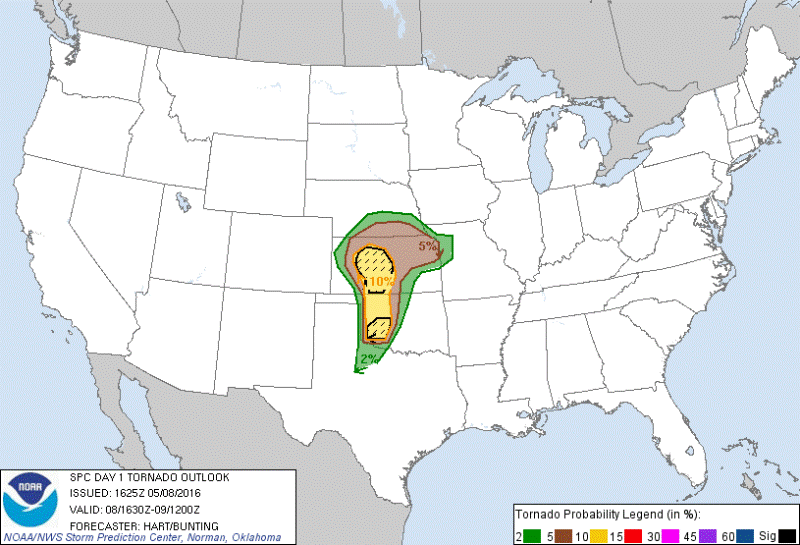













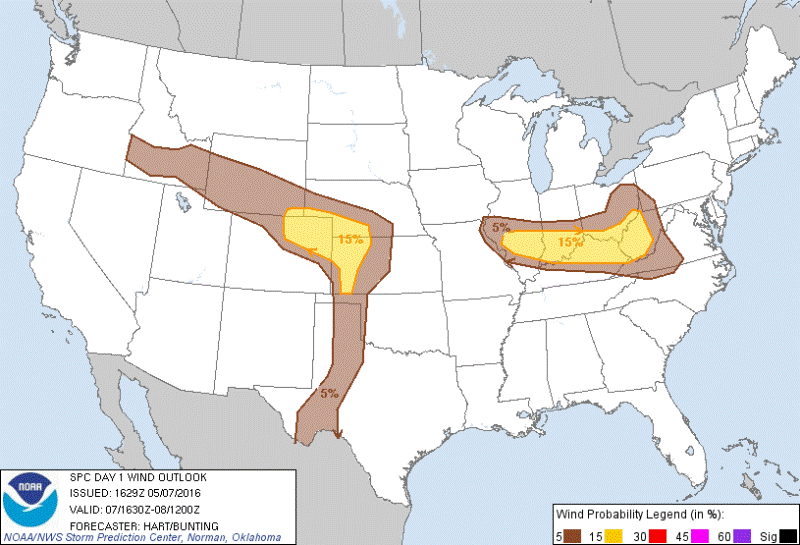




























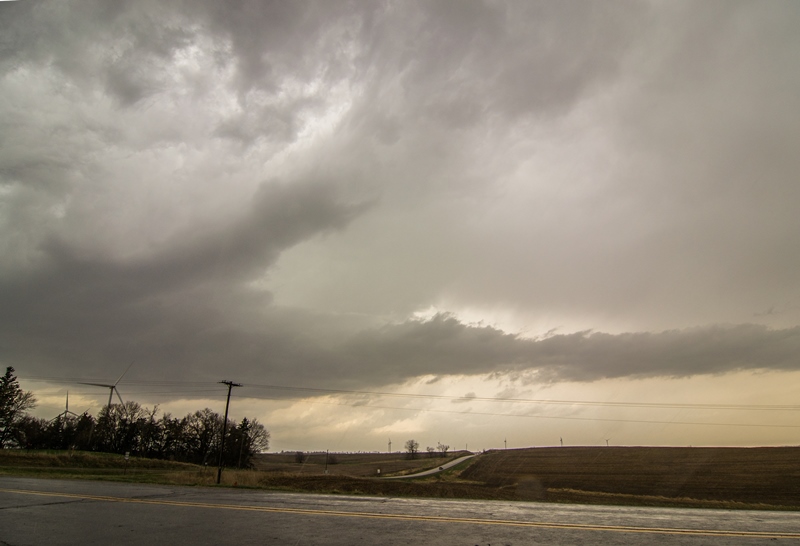
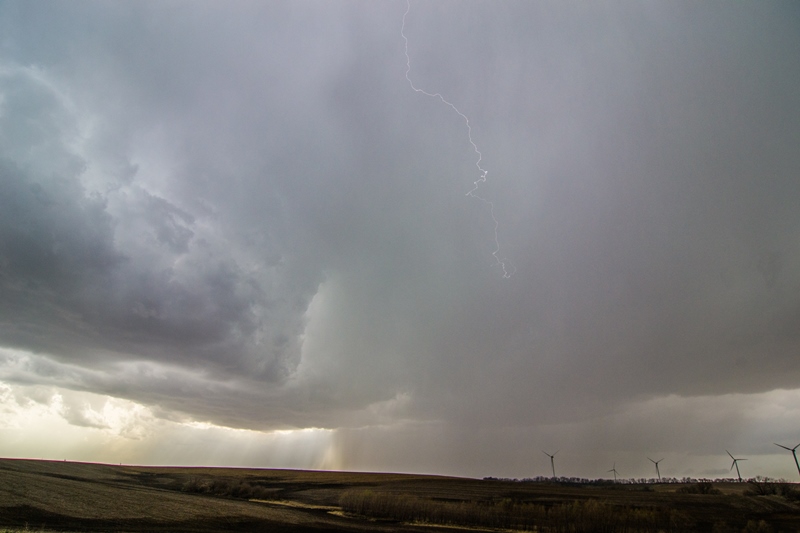












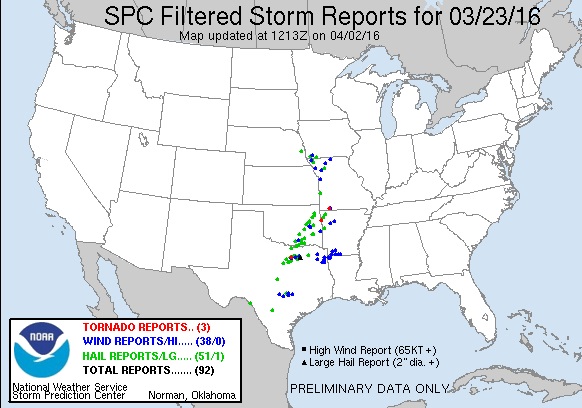




























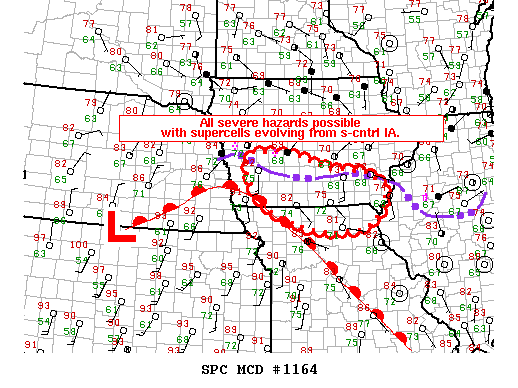




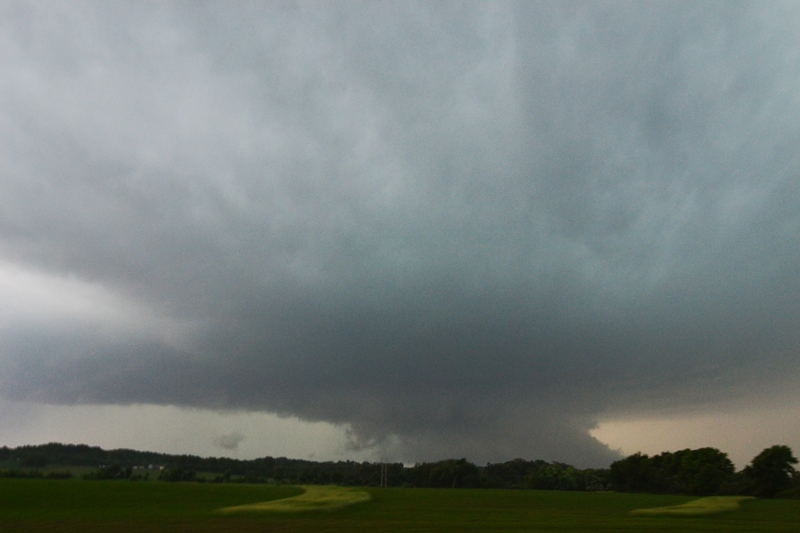




![FullSizeRender[1]](https://images.squarespace-cdn.com/content/v1/58e402b415d5db35557895e3/1491340054130-GPU3IBDAYCRX11MT98T6/FullSizeRender1.jpg)


